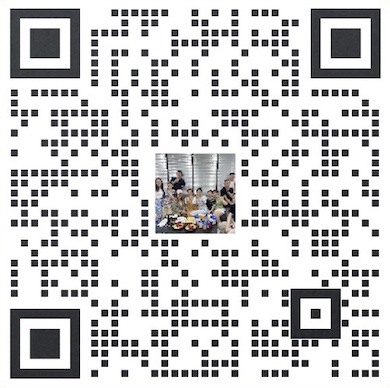
7x9小时
9:00am - 6:00pm
免费售前热线
13338363507
Zero Trust Architecture in CRM: Redefining Security Paradigms for Future Systems
2024-02-06
Zero Trust Architecture (ZTA) is a security concept that has gained significant attention in recent years, especially in the context of Customer Relationship Management (CRM) systems. The traditional security model, which relies on perimeter-based defenses, is no longer sufficient to protect against the increasingly sophisticated and persistent cyber threats. As a result, organizations are turning to ZTA to redefine their security paradigms and better protect their CRM systems.
ZTA is based on the principle of "never trust, always verify." This means that instead of assuming that everything inside the network is safe, ZTA requires continuous verification of the identity and security posture of every user, device, and application trying to access the CRM system. This approach is particularly important in the context of CRM systems, which often contain sensitive customer data and are a prime target for cyber attacks.
One of the key components of ZTA is the concept of micro-segmentation. This involves dividing the network into smaller, isolated segments to limit the potential impact of a security breach. In the context of CRM systems, micro-segmentation can help prevent unauthorized access to sensitive customer data by restricting access to only those users and applications that have been verified and authorized.
Another important aspect of ZTA is the use of continuous authentication and authorization. Instead of relying solely on static credentials such as usernames and passwords, ZTA requires dynamic and continuous verification of the user's identity and security posture. This can be achieved through the use of multi-factor authentication, biometric authentication, and other advanced authentication methods. In the context of CRM systems, continuous authentication can help prevent unauthorized access to customer data, even if an attacker manages to obtain valid credentials.
Furthermore, ZTA emphasizes the importance of least privilege access. This means that users and applications should only be given the minimum level of access required to perform their specific tasks. In the context of CRM systems, this can help prevent unauthorized access to sensitive customer data by limiting the number of users and applications that have access to it.
In addition to these technical aspects, ZTA also requires a shift in mindset and culture within organizations. It requires a fundamental change in how security is approached, moving away from the traditional "trust but verify" model to a more skeptical and cautious approach. This involves a greater emphasis on continuous monitoring, threat detection, and incident response, as well as a greater focus on educating and training employees about the importance of security.
In conclusion, Zero Trust Architecture is redefining security paradigms for CRM systems by emphasizing continuous verification, micro-segmentation, continuous authentication, least privilege access, and a shift in mindset and culture. By adopting ZTA, organizations can better protect their CRM systems and the sensitive customer data they contain from the growing threat of cyber attacks. As CRM systems continue to play a critical role in business operations, the adoption of ZTA is becoming increasingly important for organizations to ensure the security and privacy of their customer data.
↓Scan code to addqiqueadviser↓

↑Learn more digital scenes↑
Extended Reading:
Social Responsibility in CRM: Building a Positive Brand Image Through Ethical Practices Edge Computing in CRM Systems: Real-Time Insights for Agile Construction Augmented Reality in CRM Building: Transforming User Experiences Voice-Activated CRM Assistants: Shaping Future Interaction with Systems Continuous Learning and Adaptation: Strategies for Future-Proofing CRM Systems Sustainable Practices in CRM Construction: Minimizing Environmental Impact Quantum Computing and CRM: A Look into Advanced Data Processing Blockchain and CRM: Revolutionizing Data Integrity in System Building AI Integration in CRM Systems: Future Trends in System Optimization Crisis Communication Plan in Rollout: Transparent Communication during Challenges more>>
Useful
Useless
Share on WeChat
Open within mini program
![]()
Open WeChat to "scan" and forward to friends
Open WeChat "Scan" and open it in the mini program
关闭预览


